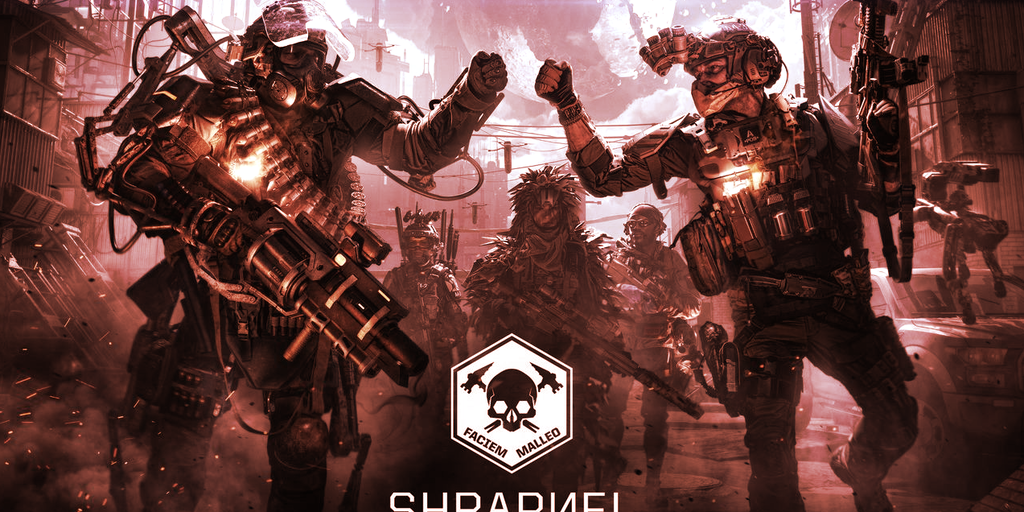Why Avalanche Is the Killer App for NFT Games: Ava Labs President
3 years ago CryptoExpert
In brief
Ava Labs President John Wu recently appeared on Decrypt’s gm podcast.
He discussed why he believes Avalanche is best suited for NFT-powered games, as well as current perceptions of NFTs.
Much of the current NFT market lives on Ethereum and its sidechains and scaling solutions, as well Solana—and that’s true of NFT-powered crypto games, too. But in recent months, we’ve seen more and more developers begin building games on Avalanche.
Over the last 30 days, Avalanche play-to-earn game Crabada has overtaken the struggling Ethereum-based Axie Infinity in terms of NFT trading volume, and has racked up over $225 million worth to date—making it the highest-grossing overall NFT project on Avalanche, per CryptoSlam.
First-person shooter Shrapnel—described by its creators as a “AAA game”—will also build on the platform, while online social game Highrise will launch its Web3 metaverse on Avalanche. Other notable projects include mobile game Castle Crush and online role-player Ragnarok.
Why build on Avalanche, one of the leading so-called “Ethereum killers?” On the latest episode of Decrypt’s gm podcast, Ava Labs President John Wu explained that Avalanche’s subnets feature is ready-made to power potentially sizable crypto game economies.
A subnet on Avalanche acts like a separate instance of the platform designed for a certain decentralized app (dapp) or game—almost like a white-label solution for a custom blockchain, yet still part of Avalanche. It inherits the security from Avalanche, but acts as a dedicated space that isn’t affected by (and doesn’t affect) the wider network.
For example, if another app or game on Avalanche is bogging down the main network, it won’t kill your game’s performance if you’re running on a subnet. Likewise, a popular game on a subnet doesn’t have to take resources away from other Avalanche services. There are other benefits, too, such as being able to choose which token is used to pay transaction gas fees.
“Gaming projects in subnets is about to explode,” Wu told co-hosts Dan Roberts and Jeff Roberts, noting that there are nearly 10 games already tapping into subnets on Avalanche.
“Games in general, especially GameFi games—there’s a gazillion transactions. So those transactions eat up the chain’s capacity, in some sense,” he added. “If someone else is doing something, it won’t affect your speed or timing in your subnet.”
Subnets are designed to benefit from the security and consensus mechanism of Avalanche while insulating developers from potential network strain. Blockchain platforms can get bogged down and sometimes even crash—as Solana recently experienced. Ava Labs, which represents the founders and core contributors behind Avalanche, sees subnets as an ideal solution.
“It’s almost like your own chain—it is your own chain, basically,” Wu said. “And it’s great for developers, not only because of the speed of the transactions … but basically they’re able to worry about what they want to do, which is to create great gameplay, instead of the underlying infrastructure substrate they have to worry about, or worry about security.”
NFTs and gaming
Wu also touched on some of the vitriol and criticism toward NFTs. Many critics point to the environmental impact of some blockchain platforms that use proof-of-work consensus models (like Ethereum does, currently), as well as the prevalence of scams in the NFT and crypto space.
An NFT acts like a blockchain-backed deed of ownership to a digital item, representing items like artwork, collectibles, and indeed video game items.
He suggested that many people aren’t yet considering the potential “disintermediation of business models” via NFT assets, whether it’s artists cutting middlemen out of secondary market sales or maintaining a more direct connection to fans. He also pointed to “frothy valuations” for some pricey collectibles, which might rub skeptics the wrong way.
“I just feel like people don’t really think digital collectibles are a thing,” Wu said. “They just think of it as, like, ‘Well, I can just copy that in a GIF and show it, so any digital collectible is just nonsense.’ And I think that’s probably why they hate it.”
Still, he said that GameFi apps—also known as play-to-earn or play-and-earn games—“are exploding right now,” serving as “the intersection of decentralized finance and NFTs all in one.”
Such games typically provide token rewards as incentives to players, and ownership of in-game items in the form of NFT assets means that players can potentially benefit from them even when they’re not playing. Wu noted the potential for lending services that let holders offer up an item for other players to use—and reap the benefits when it’s leveled up through their play. They could make some money, too.
That said, it’s very early days for NFT-powered games—and some might argue that current examples feel more like DeFi apps than robust, enjoyable video games. Shrapnel is one such upcoming game that’s billed as a step up from current crypto gaming fare, and others building in the space believe that future titles will indeed be as polished as major traditional games.
“It’s still not the same level of gameplay as a AAA publisher’s games,” Wu said of current crypto games. “What people are attracted to is the incentive mechanism, and growing your character or growing rewards and stuff like that. So it’s like a nice little new creation, but it’s definitely not the gameplay [drawing them in] yet.”
The best of Decrypt straight to your inbox.
Get the top stories curated daily, weekly roundups & deep dives straight to your inbox.















